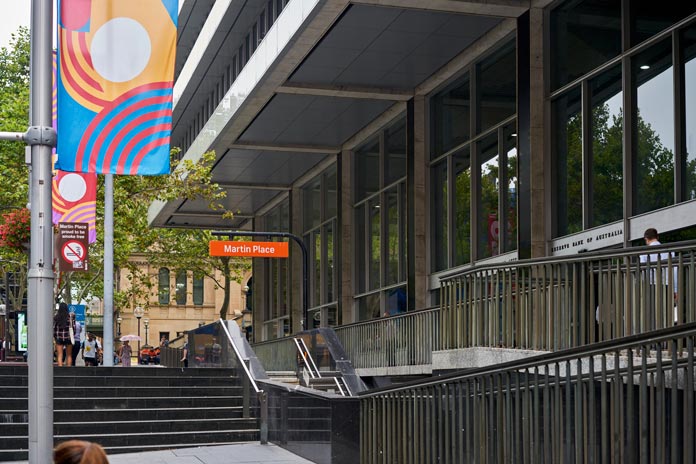Australia’s central bank could increase interest rates eight times in the next two years, former board member John Edwards said.
The Reserve Bank of Australia (RBA) is probably already considering a program of rate increases given its forecasts for inflation returning to target and economic growth to accelerate to 3% against a stronger global backdrop, Edwards said in a column on the website of the Lowy Institute for International Policy, where he is a non-resident fellow.
Theorising that the long-term cash rate is about 3.5% – lower than the 5.2% average over the past two decades – and the RBA wants to start tightening in 2018 and reach its goal within two years, that would require four quarter-point increases each year, he said. Rates have been on hold at 1.5% since last August.
“It seems to me that something like eight quarter percentage point tightenings over 2018 and 2019 are distinctly possible, if the RBA’s economic forecasts prove correct,” said Edwards, who was on the bank’s board until July last year. “It’s possible the tightening could start earlier, or if not the tightening itself, at least the signaling which should precede it. We may be seeing a little of that now.”
Small steps
The RBA traditionally makes small steps and typically doesn’t commit itself to subsequent moves, making the market wary of predicting where the bank will be in a few years, Edwards said. In the current circumstances, he said we can reasonably assume:
- The RBA considers its current rate to be exceptionally low
- If the economy improves as it predicts, the next move will be up
- If the economy was operating, as the RBA predicts, at 3% output growth and 2.5% inflation, it would think of a sustainable or natural policy rate of at least 3.5%
- Most importantly, it will want the policy rate increase to match the forecast improvement in Australia’s economic performance, so rising to at least 3.5% by the end of 2019
Edwards noted the risks of rate increases alongside high household debt, with most Australian mortgages on variable interest rates closely tied to the RBA’s cash rate.
“The bigger the household debt, the more impact a quarter percentage point increase in the policy rate will have on household spending,” he said. “In the Australian case, it is certainly possible that high household home mortgage debt will crimp consumer spending if the policy rate returned to what was once considered a relatively low long-term rate.”
Still, Edwards noted that interest paid on Australian mortgages is much less than it was six years ago: while debt has increased, interest rates have fallen a lot. Payments are now 7% of disposable income compared with 9.5% in 2011, and 11% at the peak of the RBA tightening cycle before the 2008 financial crisis, he said.
Moreover, if the standard variable mortgage rate peaked at around 7%, that would still be nearly one percentage point below the 2011 level, and two-and-a-half percentage points below the 2008 peak, he said.
“The pace of tightening will anyway be governed by the strength of the economy,” Edwards said. “If household spending weakness, if the long expected firming of non-mining business investment is further delayed, if the Australian dollar strengthens, if employment growth is persistently weak, then the trajectory of rate rises will be less steep and the pace less rapid.”


One thought on “RBA may raise rates eight times over two years”